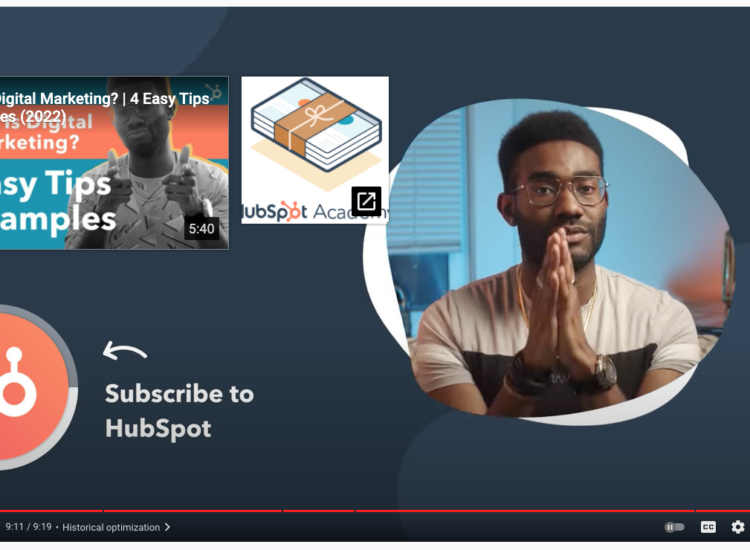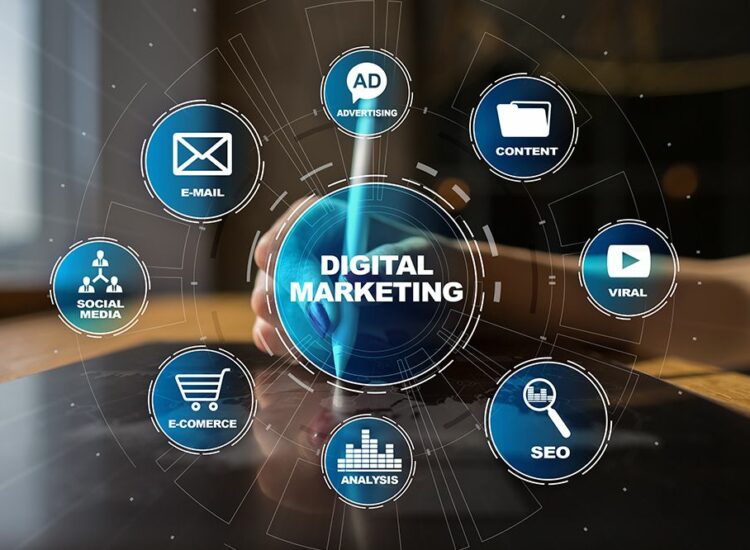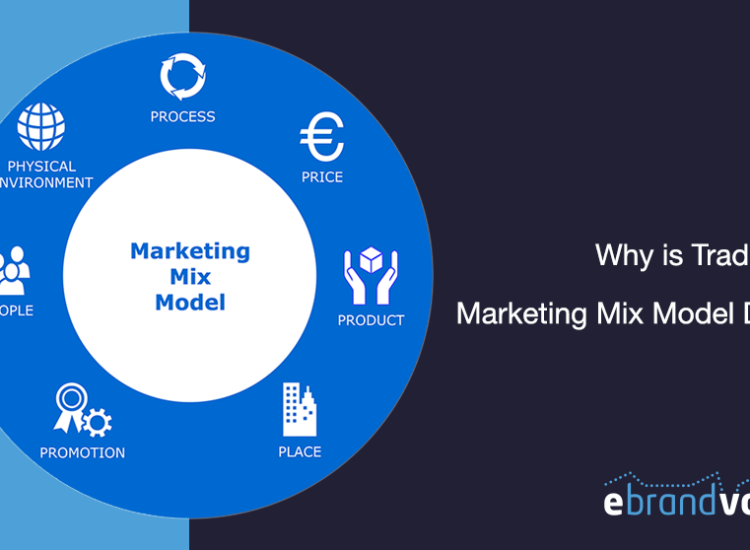In today’s competitive digital landscape, targeting new customers is only half the battle. Ensuring those who have shown interest in your products or services return to complete a purchase is equally important. This is where remarketing comes into play. Let’s explore the concept of remarketing, its benefits, and best practices to maximize your conversion rates.
Toc
Introduction to Remarketing

Remarketing, also known as retargeting, is a digital marketing tactic that allows you to reconnect with potential customers who have already interacted with your brand in some way. This could include visiting your website, adding items to their cart, or subscribing to your email list. By utilizing cookies and targeted ads, remarketing aims to bring these potential customers back to complete a desired action.
What is Remarketing?
Remarketing is a powerful strategy that focuses on re-engaging users who have previously engaged with your brand but did not convert. This approach allows marketers to serve targeted ads specifically to these users as they browse other websites or platforms across the internet. By keeping your brand at the forefront of their minds, you increase the likelihood that these potential customers will return to your site to complete their purchase. There are several forms of remarketing, including standard remarketing, dynamic remarketing, and remarketing lists for search ads (RLSA), each tailored to different campaigns and objectives. Understanding these variations can help in crafting a remarketing strategy that effectively addresses the unique behaviours and preferences of your audience.
How Does Remarketing Work?
Remarketing works through a systematic approach that involves tracking user behavior and displaying targeted advertisements accordingly. When a user visits your website, a tracking code, often referred to as a cookie, is placed in their browser. This cookie collects data about the user’s interactions with your site, such as pages visited or products viewed. As the user continues to browse the web, this data allows platforms like Google Ads to identify them across various websites and serve them with tailored ads that remind them of their previous engagement with your brand.
This process not only reinforces brand recall but can also be customized based on specific user actions. For example, if a user left items in their shopping cart without completing the purchase, dynamic remarketing can showcase those exact products in subsequent ads, enticing them to return and finalize their transaction. Additionally, advertisers can segment their audiences based on various factors, including demographics, interests, and past behaviors, optimizing campaigns for better performance and higher conversion rates. By leveraging these techniques, businesses can foster a more personalized experience for users, ultimately driving them back to complete their desired actions.
Benefits of Remarketing
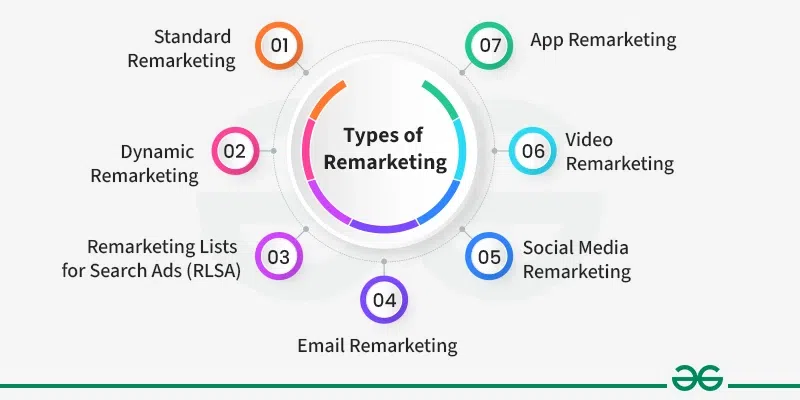
Remarketing offers numerous advantages for businesses looking to enhance their online presence and boost conversions:
Increased Conversion Rates
One of the most significant benefits of remarketing is its ability to increase conversion rates effectively. By re-engaging users who have previously shown interest in your products or services, you capitalize on their familiarity with your brand, making them more likely to convert than new visitors. Remarketing allows for more targeted messaging, often addressing specific items or services that potential customers have already considered. This tailored approach not only reinforces their interest but also serves to remind them of the value your offerings provide, nudging them towards making a purchase or taking the desired action. As a result, businesses often see improved ROI and a more efficient advertising budget, as remarketing focuses efforts on high-potential leads already in the sales funnel.
Enhanced Brand Recall
Remarketing also plays a crucial role in maintaining brand recall among potential customers. By continuously displaying your ads to users who have visited your site, you keep your brand top of mind and increase the chances of them returning to complete a purchase. This is especially beneficial for businesses with longer sales cycles or high-value products or services that require multiple touchpoints before conversion. Through remarketing, these brands stay relevant and engaged with their audience, building trust and credibility over time.
Customization & Personalization
As mentioned earlier, remarketing allows for more targeted and personalized messaging based on user behavior. This not only increases the chances of conversion but also creates a more positive user experience by showing ads that are relevant and useful to the individual. By segmenting audiences and tailoring ad content accordingly, businesses can effectively target different types of customers and address their specific needs or pain points. This level of customization can go a long way in building brand loyalty and driving repeat business.
Cost-Effective Marketing
Remarketing is a cost-effective marketing strategy that optimizes advertising expenditures by focusing on users who have already expressed interest in your brand. Since these potential customers are more familiar with your offerings, the likelihood of conversion is higher, resulting in a better return on investment (ROI). Rather than casting a wide net to attract new visitors, remarketing allows you to hone in on a targeted audience, which often leads to lower cost-per-click (CPC) rates and increased efficiency in marketing spend. By effectively reallocating resources to nurture prospects who are already in the sales funnel, businesses can maximize their advertising impacts, ensuring that every dollar spent contributes toward conversion goals. This makes remarketing an essential strategy for any business looking to enhance its digital marketing efforts and achieve sustainable growth.
Best Practices for Remarketing
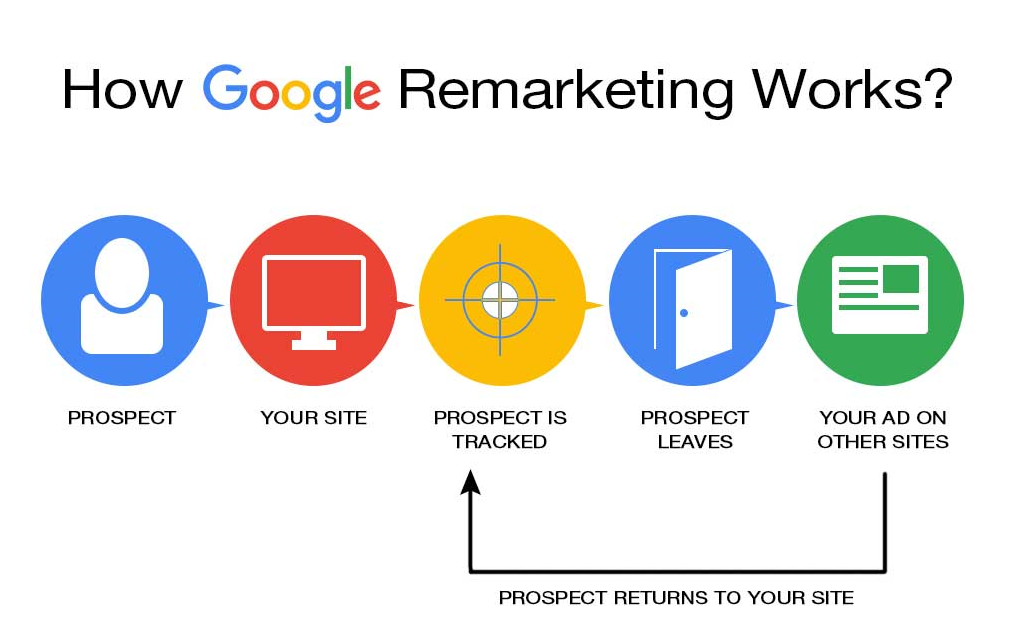
To make the most out of your remarketing campaigns, here are some best practices to keep in mind:
Set Clear Objectives & Goals
Before launching a remarketing campaign, it’s crucial to define your objectives and goals. Are you aiming to increase conversions, website traffic, or brand awareness? Depending on your business goals, you can tailor your remarketing strategy accordingly. It’s also essential to set specific metrics and benchmarks to measure the success of your campaigns accurately.
Segment Your Audiences
Segmenting your audiences based on various demographics, interests, and behaviors allows for more targeted messaging and personalization. This level of customization increases the chances of conversion and creates a more positive user experience. By identifying relevant segments within your target audience, you can craft unique ads that cater to their specific needs or preferences.
Continuously Test & Optimize
As with any digital marketing strategy, remarketing requires continuous testing and optimization to ensure the best results. A/B testing different ad formats, messaging, and targeting options can provide valuable insights into what resonates best with your audience. By continuously monitoring and optimizing your campaigns based on performance data, you can fine-tune your remarketing efforts for maximum effectiveness.
Set Frequency Caps
While it’s essential to remain top of mind among potential customers, showing ads too frequently can lead to ad fatigue and a negative user experience. Setting frequency caps ensures that users are not bombarded with the same ad repeatedly and helps maintain balance in your remarketing efforts.
Use Dynamic Remarketing
Dynamic remarketing allows for even more personalized and tailored ads by displaying specific products or services that users have shown interest in. By using dynamic remarketing, you can showcase the exact items or services they were previously browsing, making it easier for them to return and complete a purchase.
Monitor Ad Placement
It’s crucial to monitor where your ads are being displayed to ensure they align with your brand’s values and target audience. Negative ad placement can lead to a negative association with your brand and may harm conversions in the long run.
Types of Remarketing

There are several types of remarketing strategies you can employ to reach your audience effectively:
Standard Remarketing
Standard remarketing involves displaying ads to users who have previously visited your website or app but did not complete a desired action, such as making a purchase or filling out a contact form. These ads can appear on various platforms, including Google Display Network, social media channels, and other relevant websites where potential customers spend their time. By reminding these users of your brand and offerings, standard remarketing helps to rekindle their interest and encourages them to return.
Dynamic Remarketing
Dynamic remarketing takes personalization a step further by showing users ads featuring specific products or services they viewed on your website. This method uses data feeds to automatically generate customised ads, making it more likely that users will engage with the displayed content. For instance, if a customer browses a particular pair of shoes on your site, dynamic remarketing will show them ads for those shoes, along with similar items, across various digital platforms. This targeted approach enhances the relevance of your messaging and increases the likelihood of conversion.
Remarketing Lists for Search Ads (RLSA)
Remarketing Lists for Search Ads enable businesses to tailor search ad campaigns based on users’ prior interactions with their website. This strategy allows you to bid differently on users who have already visited your site, thereby optimizing your ad spend. For example, you can increase bids for users who previously looked at specific products, ensuring that your ads appear higher in search results when they are searching for related terms. RLSA is particularly effective for targeting past visitors during their decision-making process, leading to improved conversion rates.
Video Remarketing
Video remarketing allows you to display ads to users who have engaged with your videos or YouTube channel. This approach is particularly advantageous for brands that utilise video content as part of their marketing strategy. By targeting users who have shown interest in your videos, you can serve compelling ads that invite them to revisit your website or explore related products and services, maintaining engagement through visual storytelling.
Best Practices for Remarketing

To make the most of your remarketing efforts, consider these best practices:
- Set clear objectives and goals for your campaigns
- Segment your audiences based on demographics, interests, and behaviors
- Continuously test and optimize your ads and targeting options
- Set frequency caps to ensure a positive user experience
- Utilize dynamic remarketing for more personalized messaging
- Monitor ad placement to align with your brand’s values
Personalize Your Ads
Personalization is key to creating impactful remarketing campaigns. Tailoring ad content to reflect the user’s previous interactions with your site enhances engagement and conversion rates. Use dynamic elements like product recommendations based on browsing history or personalised offers to capture their attention. Moreover, incorporating the user’s name in the ad copy can create a more intimate connection, making them feel valued and understood.
Leverage Multi-Channel Approaches
Implementing a multi-channel approach can significantly boost your remarketing efforts. Reach users across various platforms, such as social media, email, and display networks, to increase your chances of re-engagement. Each channel presents unique opportunities for interaction, so design your messaging to align with the specific characteristics of each platform. For instance, eye-catching visuals may perform well on Instagram, while detailed product information could be more suitable for email campaigns. By diversifying your approach, you can ensure that your brand stays top of mind across multiple touchpoints.
Exclude Converted Users
Exclude users who have already completed a desired action, such as making a purchase or filling out a contact form, from your remarketing campaigns. This practice prevents these users from being served the same ad repeatedly and ensures that your budget is allocated to targeting potential customers who have not yet converted.
Continuously Monitor Performance
Keep an eye on key metrics like click-through rates and conversion rates to assess the success of your remarketing efforts. Regularly evaluate and adjust your campaigns based on performance data to optimize for better results continually. This could involve tweaking ad messaging, adjusting targeting options, or refining your audience segments. Continuously monitoring and adapting your remarketing strategies is crucial to maintaining their effectiveness over time.
Conclusion

In summary, remarketing is a powerful tool for re-engaging potential customers who have previously interacted with your brand. By employing various strategies, such as standard, dynamic, RLSA, and video remarketing, you can tailor your approach to meet the needs of your audience effectively. Implementing best practices like personalizing ads, leveraging multi-channel techniques, excluding converted users, and continuously monitoring performance will not only enhance your remarketing efforts but also drive higher conversion rates. As businesses adapt to ever-changing market dynamics, refining and optimising remarketing strategies will remain essential in sustaining customer engagement and maximizing return on investment. Embrace the potential of remarketing to transform interest into action and ensure your brand remains a prominent option in the minds of your target audience.
